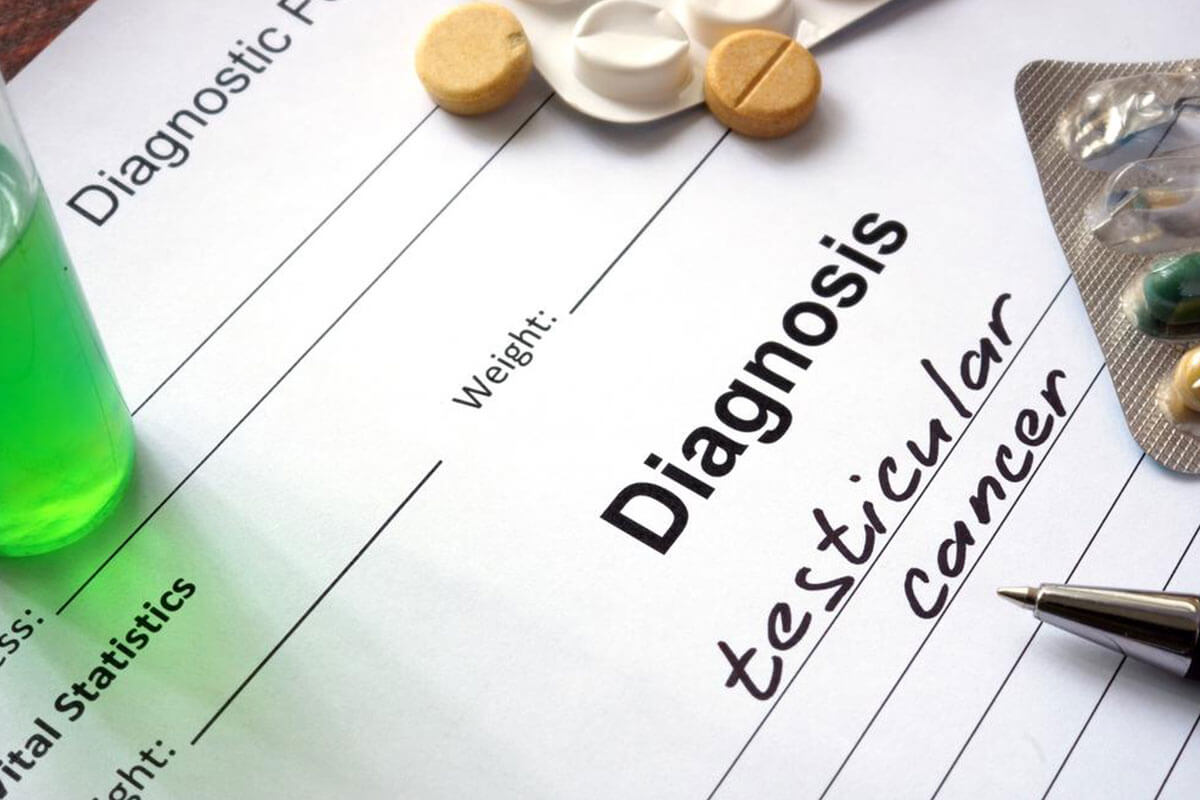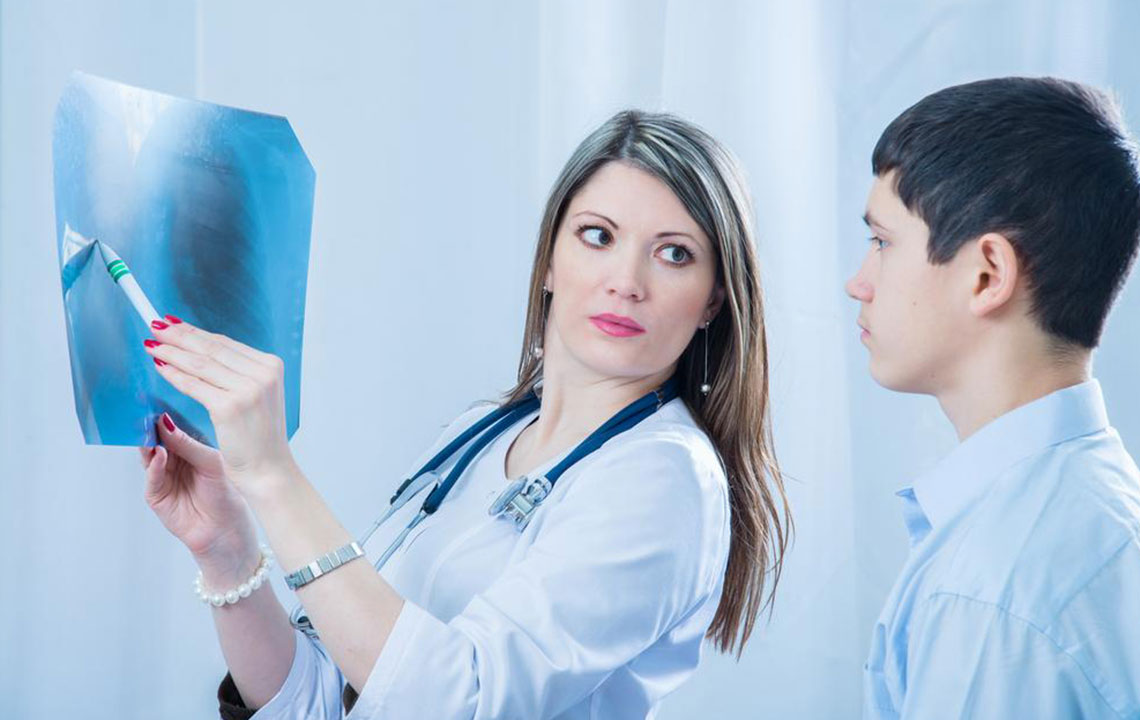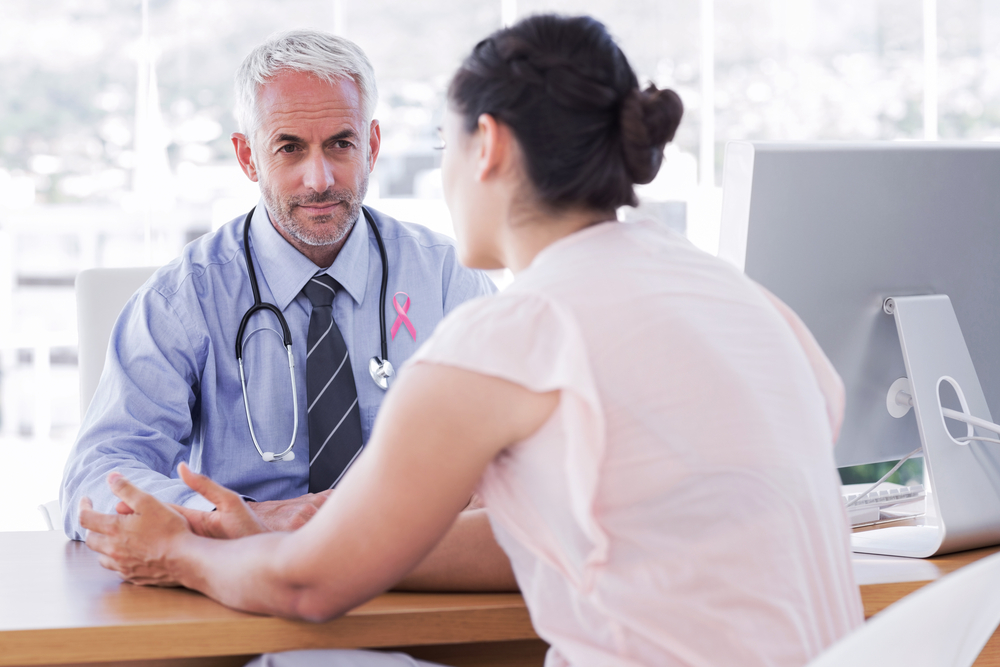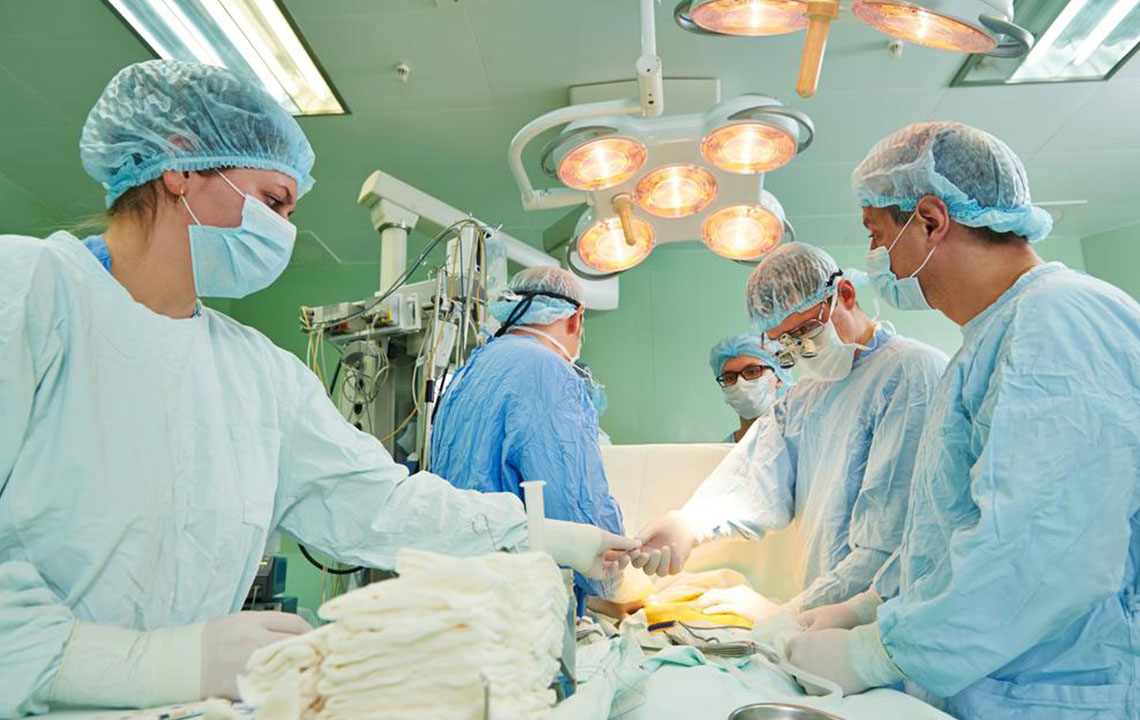Comprehensive Treatment Strategies for Testicular Cancer Patients
This comprehensive guide explores essential treatment strategies for testicular cancer, including surgical procedures, radiation, and chemotherapy. It emphasizes early detection, discusses potential side effects, and highlights the importance of personalized treatment plans to improve survival outcomes. Ideal for patients seeking understanding about their options and those aiming to make informed decisions about managing this condition effectively.

Effective and Critical Treatment Options for Managing Testicular Cancer
Testicular cancer is a serious health condition characterized by abnormal cell growth within the testes, often presenting as a noticeable lump or swelling. Early detection and prompt treatment are crucial to increasing survival chances. This article explores the most effective treatment strategies, including surgical procedures, radiation therapy, and chemotherapy, along with considerations regarding their potential side effects and individual patient needs.
*body*
The origin of testicular cancer lies in the germ cells of the testes, which are responsible for sperm and testosterone production. Located within the scrotum, the testes are supported by the spermatic cord. Cancer typically begins when these germ cells produce abnormal, immature sperm cells that proliferate uncontrollably, eventually forming malignant tumors. Recognizing the biological development of the disease helps in understanding the rationale behind various treatment options.
Common symptoms of testicular cancer include painless or painful lumps in the testes, swelling, and a feeling of heaviness in the scrotum. Patients may also experience discomfort or pain in the lower abdomen, back, or groin regions. Early detection through self-examination and medical check-ups significantly enhances treatment outcomes and survival rates.
There are multiple treatment options available, each tailored to the disease stage and patient’s overall health condition. These include surgical interventions like orchiectomy, radiation therapy, chemotherapy, and more advanced procedures such as lymph node removal. While these treatments are scientifically effective, they may also carry side effects such as infertility, sexual health issues, fatigue, and other organ-related effects, which should be discussed with your healthcare provider.
Radiation Therapy
Radiation therapy involves using high-energy radiation beams directed precisely at cancerous regions to destroy malignant cells. The goal is to inhibit cancer growth while minimizing damage to healthy tissue. Patients typically undergo multiple sessions over weeks. Although effective, radiation therapy can lead to side effects including fatigue, nausea, diarrhea, and general weakness. Long-term risks may also include secondary cancers or organ damage, which need careful monitoring.
Orchiectomy (Testicle Removal Surgery)
This surgical procedure involves removing the affected testicle to prevent the spread of cancer. It’s performed through an incision in the groin area under general or local anesthesia. Postoperative care is essential to prevent infections and manage pain. Despite being a relatively straightforward procedure, orchiectomy can impact hormonal balance and fertility, so patients should discuss these concerns beforehand.
Lymph Node Dissection (RPLND)
In cases where the cancer has advanced and spread to lymph nodes in the abdomen, removal of these lymph nodes may be recommended. The procedure, known as Retroperitoneal Lymph Node Dissection (RPLND), targets nodes around the aorta and vena cava. It’s an important step particularly for stage II cancers, aiming to reduce the risk of recurrence. This invasive surgery requires skilled surgeons and post-op recovery time, with potential side effects including lymphocele, nerve damage, or issues related to lymph fluid drainage.
Chemotherapy
Chemotherapy involves using powerful drugs administered orally or through intravenous infusion to eliminate cancer cells beyond the testes. It is often used after surgery or radiation, especially if there’s a risk of metastasis. While highly effective in achieving remission, chemotherapy can cause significant side effects such as fatigue, nausea, hair loss, organ toxicity, and possible fertility issues. Patients are typically monitored closely during treatment to manage adverse effects and adjust dosages as necessary.
High-Dose Chemotherapy with Stem Cell Transplant
This aggressive treatment option is reserved for advanced or recurrent testicular cancers. It involves administering high doses of chemotherapy aimed at eradicating resistant cancer cells, followed by transplantation of the patient's own stem cells to restore blood cell production. The procedure begins with collecting stem cells from the patient’s bone marrow or bloodstream before high-dose chemo. This approach requires specialized medical facilities and is associated with higher risks but can significantly improve outcomes in tough cases.
Ultimately, choosing the most appropriate treatment plan depends on various factors including cancer stage, overall health, and personal preferences. Consulting with a multidisciplinary team of healthcare providers ensures personalized care aimed at maximizing survival while minimizing side effects. Early diagnosis and tailored treatment are vital in overcoming testicular cancer successively.





